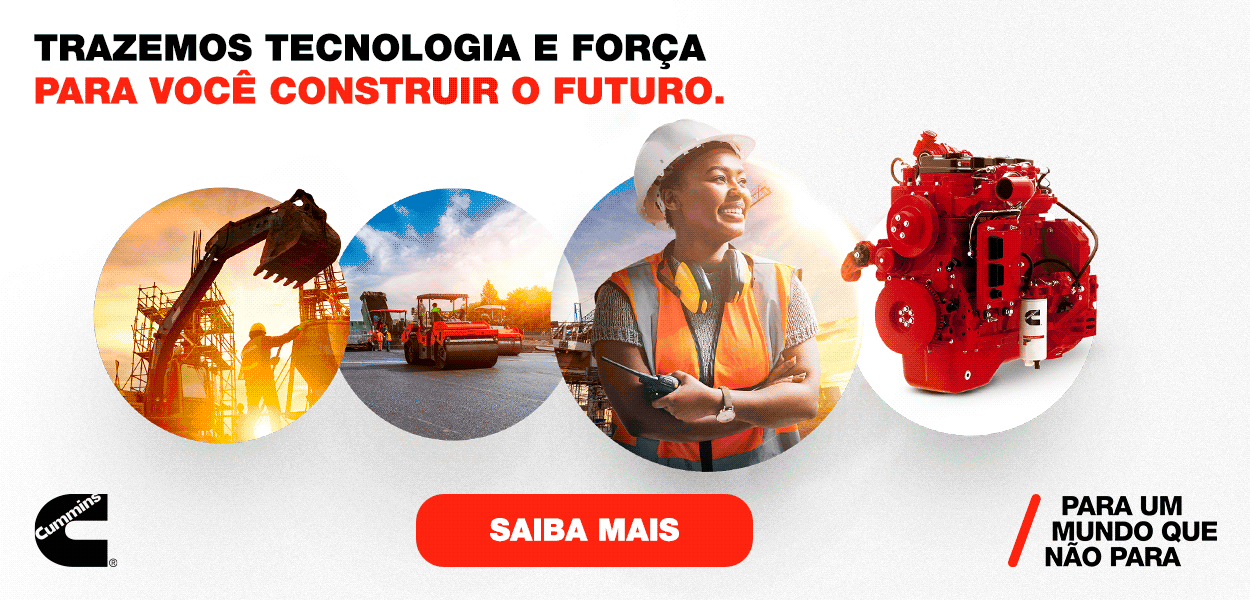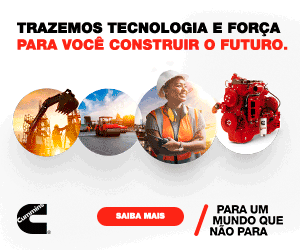Accomplishment from Rio
Largest urban infrastructure work carried out recently in Latin America, the construction of Line 4 of Rio de Janeiro Subway is awarded with the “Oscar” of tunneling
Considered one of the most important mobility legacies of the Olympic Games, the Line 4 of Rio de Janeiro Subway justifies its fame.After all, it is the largest work of urban infrastructure carried out in Latin America during the last years. The line—which moves 300,000 persons per day—used in its construction one of the most advanced solutions currently available for tunnel excavation. And it is now internationally acknowledged with the conquering of the ITA Tunneling Awards 2016—considered the most important award of tunneling in the whole world—superseding projects from Norway, United Kingdom, Finland and Singapore.
Concluded in six years—the world average for projects of such technical complexity—the design of the new subway line of Rio de Janeiro is 16 km long and has six stations that include the main access path to Barra da Tijuca, in the Western Zone of the city. What turns this work into a global highlight of Brazilian engineering, however, is the excavation that was carried out in the sandy (and challenging) soil of Rio de Janeiro, in densely populated areas with high traffic of pedestrians and vehicles.The complexity level ensured the acknowledgement.“We established a path that would not go under any building, in a way to minimize the impacts for residents. And we concluded the works with controlled settlement and with no structural damage in the local buildings”, comments Julio Pierri, engineer fromConstrutora Norberto Odebrecht, contractor that coordinated the project engineering.
CUSTOMIZATION
To turn the project into reality, it was necessary to use a Tunnel Boring Machine (TBM)with additional systems and operating modes custom-made for the operation. The machine (thatM&Tfollowed in the delivery to the municipality,an event carried out inSchwanau, Germany in October, 2012)was used in the construction of 5.2 km of tunnels in the Line 4 of the subway, excavating the soil from Ipanema and Leblon districts, in the Southern Zone of Rio de Janeiro in a soil which mixes rock and sand with high volume of water.“Mostof the soil in the Southern Zone was composed by beach sand, rock and water. But in the first 400 meters of excavation in Ipanema there were rocks of augen and kinzigiticgnaisse, extremely resistant and abrasive”, details the engineer. He also added that the equipment received an internal system to inject foam with customized polymer. “It was necessary to carry out a specific treatment for underground conditioning in the areas of transition between these types of soil, to reduce the differences between materials and to improve this way the performance and safety in the equipment operation”, points him.
According toPierri, these requirements improved the machine’s operating capacity, allowing it to be the first machine to carry out this action in the whole world. “For the first time anEPB was used in sandy soil instead ofslurry, in an area with high people and building density”, says the engineer. “Formerly it was used only twice in this type of soil, but in short sections and in areas with a few or no persons.”

Av. Francisco Matarazzo, 404 Cj. 701/703 Água Branca - CEP 05001-000 São Paulo/SP
Telefone (11) 3662-4159
© Sobratema. A reprodução do conteúdo total ou parcial é autorizada, desde que citada a fonte. Política de privacidade














